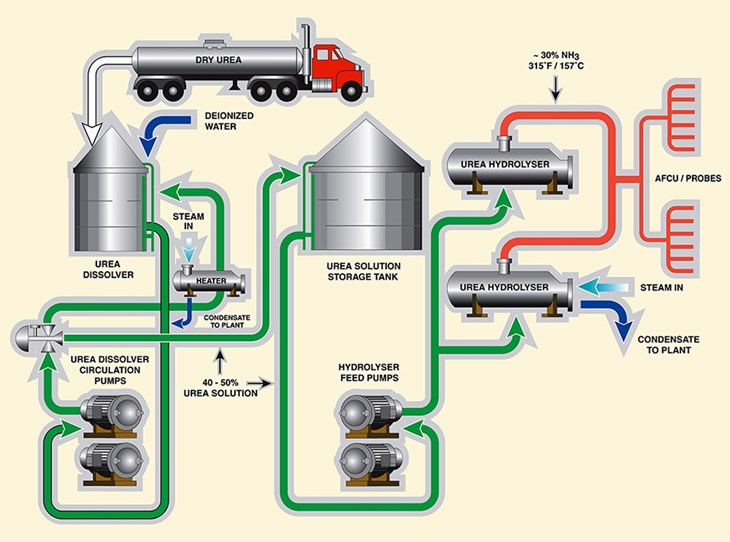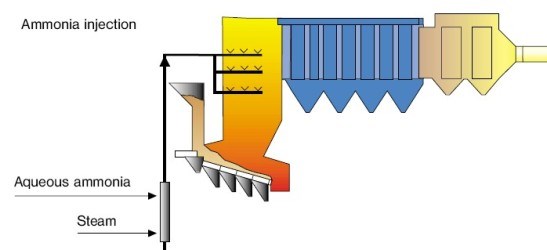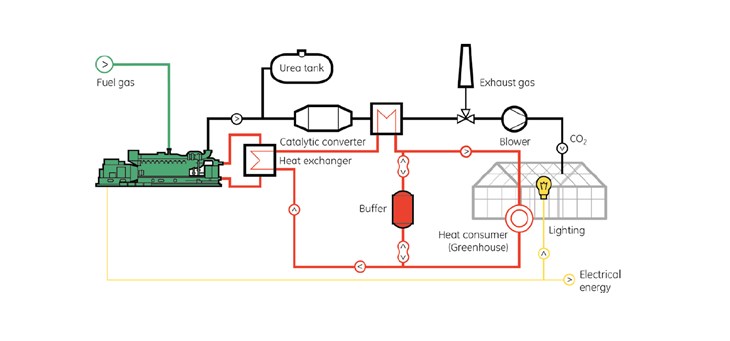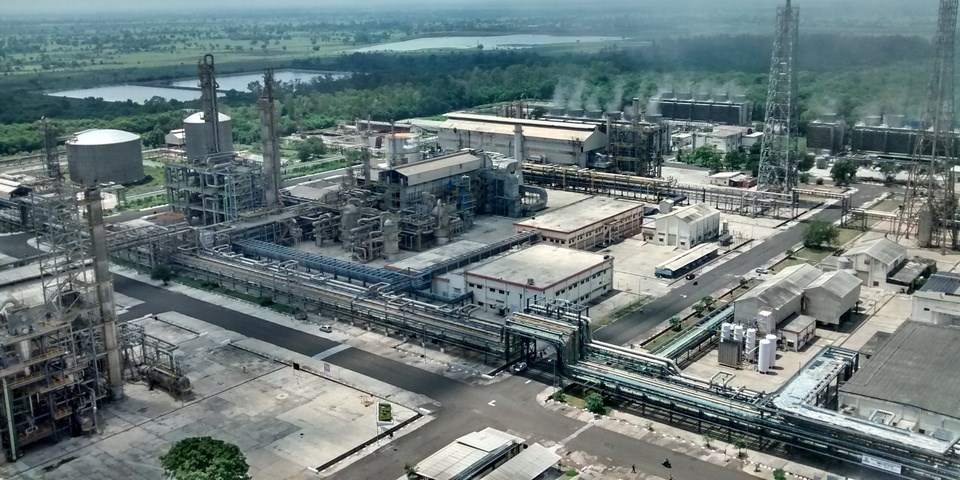NOx control using selective catalytic reduction (SCR) and selective non catalytic reduction (SNCR) are used in mobile applications. The failure of alternatives, e.g Volkswagen, is creating a surge in retrofits as well widespread use in new diesel fueled vehicles. Each system has a urea tank and valving. There is a very large retrofit market in Europe and a significant retrofit market in the U.S. The largest use is diesel trucks where SCR is being widely adopted worldwide.
The largest stationary applications are in coal fired power plants. These plants are required to remove as much as 90% of the NOx and therefore have chosen SCR over the less efficient SNCR. The valve selection is in turn dictated by the choice of reagent. Anhydrous ammonia is the lowest cost option. However, there are safety concerns. Aqueous ammonia is the safest reagent but the cost of moving lots of water is significant. A number of plants have opted to make ammonia on site.
This option requires the largest number of valves and a significant capital cost. However, the operating cost is less than with aqueous ammonia. Many plants in China and plants near populated areas around the world are choosing this option. In a typical aqueous ammonia system dual fluid nozzles are located downstream of the mixing devices after the economizer outlet. These are used to both inject and atomize the aqueous ammonia in the flue gas. This method of reagent delivery directly vaporizes the aqueous ammonia using the flue gas and does not require an external vaporizer vessel or gas stream.
The aqueous ammonia is stored in tanks and pumped to the system. The aqueous ammonia enters the flow control skid through a coriolis mass flow meter, control valve, and biasing valves. The manually set biasing valves serve to proportion the flow to each of the injection locations during commissioning, based on flue gas composition profiles at the catalyst face in order to optimize the system. The aqueous ammonia then is piped to the dual fluid nozzles and lanced at multiple injection points.
SNCR is much less expensive to install than SCR. It is limited to efficiencies of less than 50% but can be combined with other technologies for higher efficiency.
The reagent is injected in the furnace. One option is to utilize steam for injection. So both steam and ammonia valving is required. The SCR systems are very large and must be installed directly after the economizer. The cost to retrofit these systems in a 600 MW existing coal fired plant can be hundreds of millions of dollars.
A coal fired power plant in the U.S. is using the Mcilvaine Decision Guide to attempt to find a lower cost alternative and to avoid a $700 million investment in SCR. With the input of many suppliers and five webinars it now appears that a unique solution involving urea, hydrogen peroxide and ozone will provide the needed reduction. SNCR will be used in conjunction with oxidation of NOx and absorption in scrubbers.
The urea and hydrogen peroxide will be injected in the furnace. Urea and ozone will be injected prior to the scrubber. There will be multiple injection points. As a result many high performance valves will be needed. The ongoing analysis of this option is incorporated in the Mcilvaine Power Plant Air Quality Decisions which has a child web just devoted to power plant valves.
There is also coverage of valves for gas turbines and reciprocating engines. The fastest growing engine NOx application is greenhouses. NOx free CO2 injected into a greenhouse will cause plants to grow 30% faster than without the CO2 fertilization effect. Every closet marijuana grower is well aware of this effect and uses CO2 in canisters. On the macro scale Shell pipes CO2 from its refinery operations in the Netherlands to 550 commercial greenhouses. Dedicated engines are now rapidly gaining popularity among greenhouse operators for several reasons.
The energy created by gas engine cogeneration systems in greenhouses can be used in various ways. The electricity can provide the power for artificial lighting and/or be fed into the public grid. And while the heat can efficiently meet the greenhouse‘s requirements, the CO2 from the engine exhaust gas can help fertilize the plants. That is because the exhaust from gas engines burning natural gas contains approximately 0.2 kg of CO2 per kWh of energy input.
After the purification of the exhaust gas with SCR and oxidation catalytic converters it is cooled down by a heat exchanger to approximately 55°C and supplied to the greenhouse for CO2 enrichment. CO2 analyzers constantly measure the exhaust gas levels. A valving system adjusts the amount flowing into the greenhouse as opposed to the exhaust stack and helps ensure the vegetation’s safety. Valves are required for the urea injection but also for the fuel, heat exchanger and exhaust gas. The major engine suppliers such as GE are making a concerted effort to communicate the advantages of their engines in furthering availability of food. In many areas of the world where there is a food shortage there is also a lack of power. The gas engine can supply all the needs and insure crop growth independent of climate and infrastructure.
About the Author:
Bob McIlvaine is President of the McIlvaine Company which he founded in 1974. The company provides technical and market analyses of valves and many other components. It also analyzes the air, water, energy and contamination control industries throughout the world. Bob can be reached at
mcilvaine@mcilvainecompany.com





